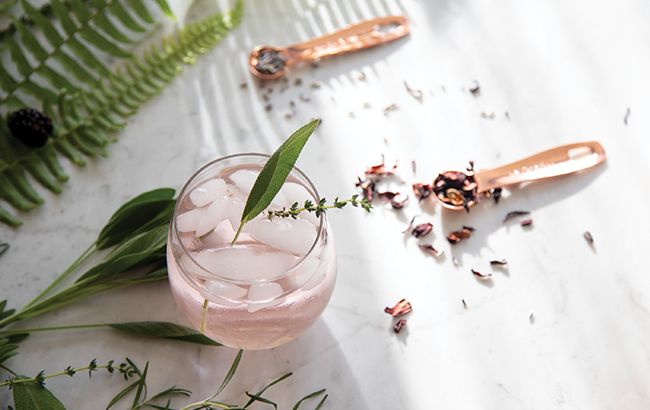No-and-low value exceeds $11bn
The value of the no- and low-alcohol category in 2022 surpassed US$11 billion in 10 key markets, according to IWSR Drinks Market Analysis.

The IWSR’s No- and Low-Alcohol Strategic Study noted that the category’s value was US$8bn in 2018.
The study covered 10 core markets: Australia, Brazil, Canada, France, Germany, Japan, South Africa, Spain, the UK and the US.
The market value of the no-and-low sector in the 10 key markets reached just under US$10bn in 2021.
The low- and no-alcohol category grew by more than 7% by volume across the 10 markets in 2022.
IWSR said the pace of growth for the category is expected to exceed that of the last four years, with a 7% volume compound annual growth rate (CAGR) for 2022-2026, compared with 5% for 2018-2022.
Growth will be driven by non-alcoholic products, which are predicted to account for more than 90% of the forecast total category volume growth.
“The dynamic no/low-alcohol category presents opportunities for incremental sales growth as consumers are recruited from drinks categories such as soft drinks and water,” said Susie Goldspink, head of no- and low-alcohol, IWSR Drinks Market Analysis. “Brand owners have an opportunity to recruit non-drinkers of alcohol.
“As more people opt to avoid alcohol on certain occasions – or abstain from it altogether – no-alcohol is steadily increasing its share of the no/low category.”
No-alcohol volumes grew by 9% in 2022, increasing the segment’s share of the overall no-and-low space in the world’s 10 leading markets for the category to 70%, up from 65% in 2018.
“No-alcohol is growing faster than low-alcohol in most markets,” Goldspink added. “The countries where this does not apply, such as Japan and Brazil, are early-stage low-alcohol markets with a small volume base.”
IWSR expects no-alcohol volumes to grow at a CAGR of 9% between 2022 and 2026.
The world’s most valuable no- and low-alcohol markets are Germany, Japan, Spain, the US and the UK.
More dynamic growth will come from markets including Australia, Canada and the US, which are expected to all see a double-digit volume CAGR between 2022-2026.
Non-alcoholic beer/cider will contribute nearly 70% of the overall no-and-low growth between 2022 and 2026.
IWSR said non-alcoholic ‘spirits’ would experience more ‘dynamic’ growth, driven by innovation from producers and more shelf space in the on- and off-trade.
Low-alcohol is expected to rise by 2% in CAGR volume (2022-26), with much growth driven by the beer and wine segments.
‘Strong outlook for no-alcohol’
According to IWSR, 78% of consumers of no/low products also drink full-strength alcohol; the largest subset (41% of no/low consumers) are classified as ‘substituters’, those who choose no/low products when avoiding alcohol on certain occasions.
Those who do not drink alcohol account for 18% of no-and-low consumers.
“This pattern of avoiding alcohol on certain occasions or altogether is driving no- over low-alcohol growth,” Goldspink added. “Pair this with the rise of functional beverages – often containing ‘mood-enhancing’ adaptogens or nootropics – and the result is a strong outlook for no-alcohol.”
Cost has become less of a barrier for non-consumers of no- and low-alcohol, falling from 14% last year to 7% in 2022, IWSR found.
Related news
DioniLife unveils non-alc ‘spirits’ lineup
